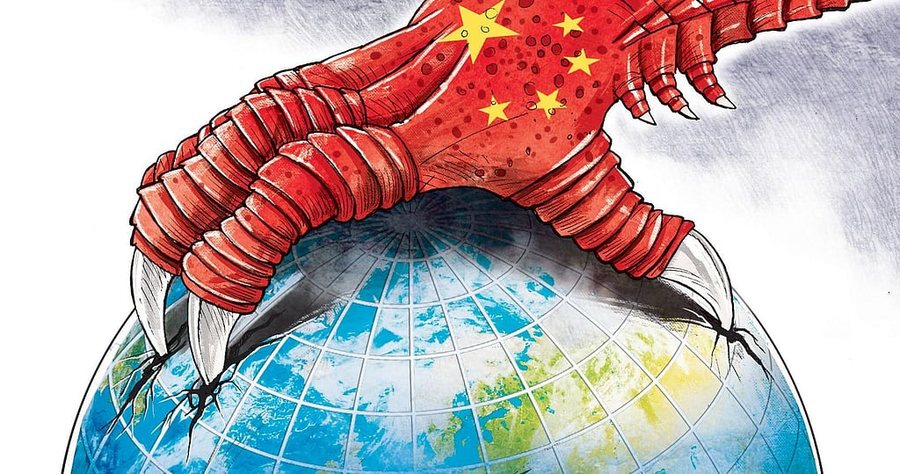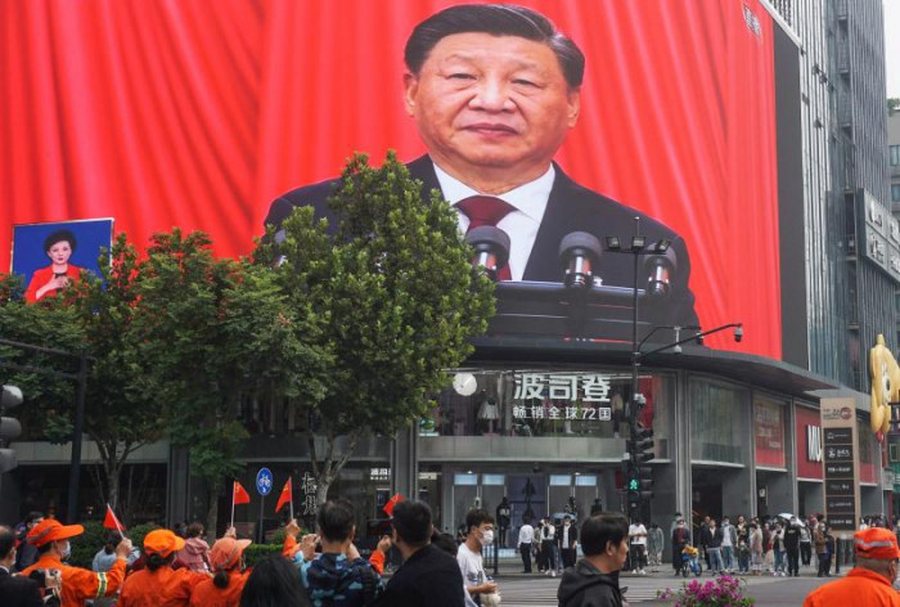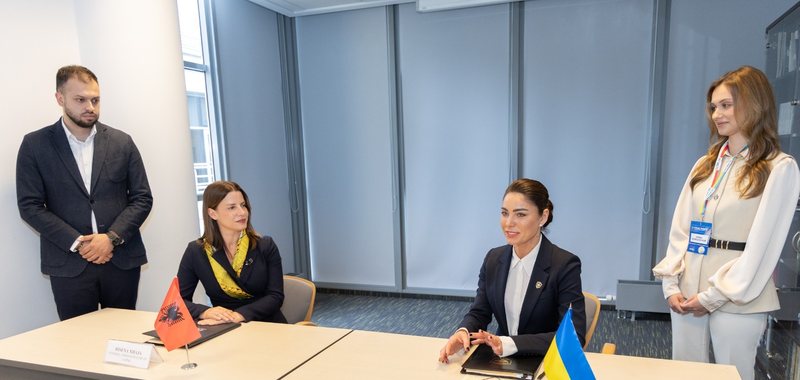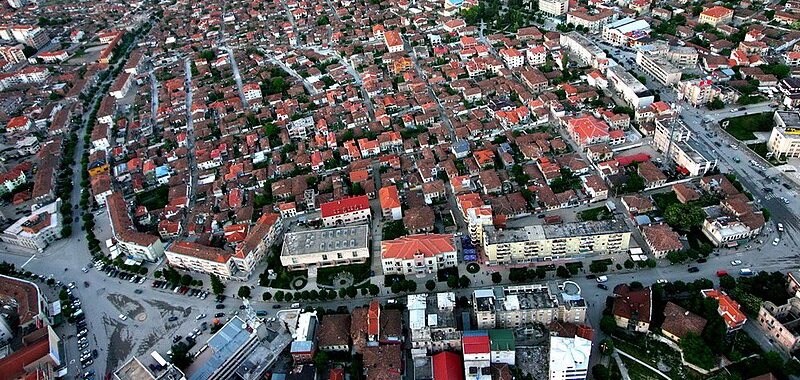How China "drowned" 75 countries with billions of USD in debt - Analysis/ Loans under the "One Belt, One Road" policy!

With a "gun to the head" are the most economically vulnerable countries in the world, which are being asked to return unimaginable amounts of money to China from loans that were given to them mainly within the framework of the "One Belt, One Road" policy.
This is the conclusion of an analysis by the Australian Lowy Institute, according to which in 2025, the 75 poorest countries face a record debt of $22 billion to China.
"Now, and for the rest of this decade, China will be more of a debt collector than a banker in the developing world," the authors of the analysis say. "China's borrowing has fallen precisely when it is most needed, rather than generating large net financial outflows when countries are already under severe economic stress ," they point out.
Moreover, the pressure to repay this debt is making it even more difficult for these countries to finance health and education, as well as climate change mitigation. With $240 billion between 2008 and 2021, China sought to save the "One Belt, One Road" initiative, also known as the "Silk Road".
The "Belt and Road" Initiative, formerly known as "One Belt, One Road" (OBOR), is a global infrastructure development strategy adopted by the Chinese government in 2013, investing in countries and international organizations which is considered a fundamental part of Xi Jinping's foreign policy.

The initiative was included in the Constitution of the People's Republic of China in 2017. The Chinese government calls the initiative "an effort to strengthen regional cohesion for a brighter future." Some, mainly non-participating countries, have interpreted it as a plan to create an international trade network centered on China.
The Belt and Road Initiative (BRI) is the world's largest transnational infrastructure program, backed by the Chinese state, and has undertaken national projects ranging from schools, bridges and hospitals to major roads, shipping and airports.
This made China the largest provider of bilateral loans, with a total of more than $50 billion in 2016, more than all Western creditors combined.
The BRI focused primarily on developing countries, where governments had difficulty accessing other private or public investment. Chinese loans to countries facing debt problems grew from less than 5% of its overseas lending portfolio in 2010 to 60% in 2022, according to the study above.
Argentina received the most, $111.8 billion, followed by Pakistan with $48.5 billion and Egypt with $15.6 billion. Nine countries received less than $1 billion. Beijing also did not offer relief to all Belt and Road borrowers who were at risk.
Large recipients of Belt and Road financing, which pose significant balance sheet risk to Chinese banks, are more likely to receive emergency assistance. It was therefore assessed that in essence “Beijing is trying to save its own banks. That is why it has entered the risky business of international bailout lending.”

How much tax do businesses pay in 4 months? - This year, freelancers with less than 3 clients are also included in the scheme
The tax paid by enterprises in the country on accumulated profit was recorded at approximately 24.5 billion lek or 245 million euros in the first four months......

Tirana-Rinas, by train in 20 minutes - Details of the three railway lines that will start operating in 2026
As the Ministry of Infrastructure and Energy aims to concession the operation of passenger trains on the national railway network, details have been......

Albania and Ukraine strengthen cooperation on the management of seized and confiscated assets!
The Agency for the Administration of Seized and Confiscated Assets of the Republic of Albania (AAPSK) and the National Agency of Ukraine for the Search,......

Trust in the EU at its highest level in 18 years - But fears about economic uncertainty in Europe grow
More than half of Europeans, 52%, tend to trust the European Commission and the EU, the highest result since 2007, according to the latest Eurostat......

Albania strengthens security against cyber attacks - Strategy/Application of advanced technologies, from AI to supercomputers
At a time when technology is developing at a rapid pace and being implemented in every field, the cybersecurity risks that Albania faces are also evolving......

From a sports facility to a regional center - Transformation with international standards for the sports palace in Korça
The Albanian Development Fund has announced the opening of a tender with the objective of investing in the transformation of public assets, with development......

EU plan to tax e-cigarettes - Italy, Greece and Romania speak out against it
Most EU member states called on the European Commission to put on the agenda a plan to tax e-cigarettes and increase minimum excise duty rates on cigarettes......

Trump tariffs to remain in effect - appeals court overturns stay
A federal appeals court temporarily reinstated President Donald Trump's broadest tariffs on Thursday, a day after a U.S. trade court ruled that Trump had......





















